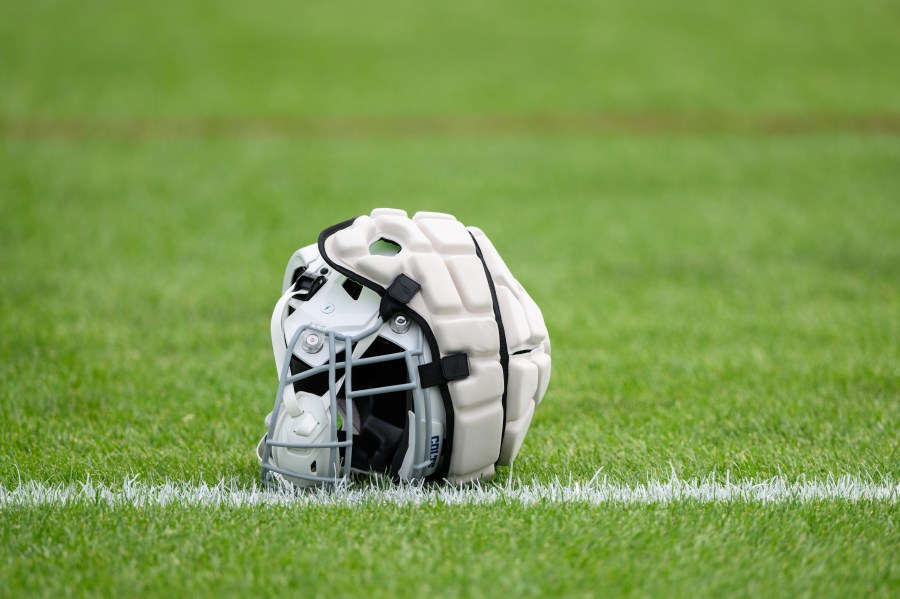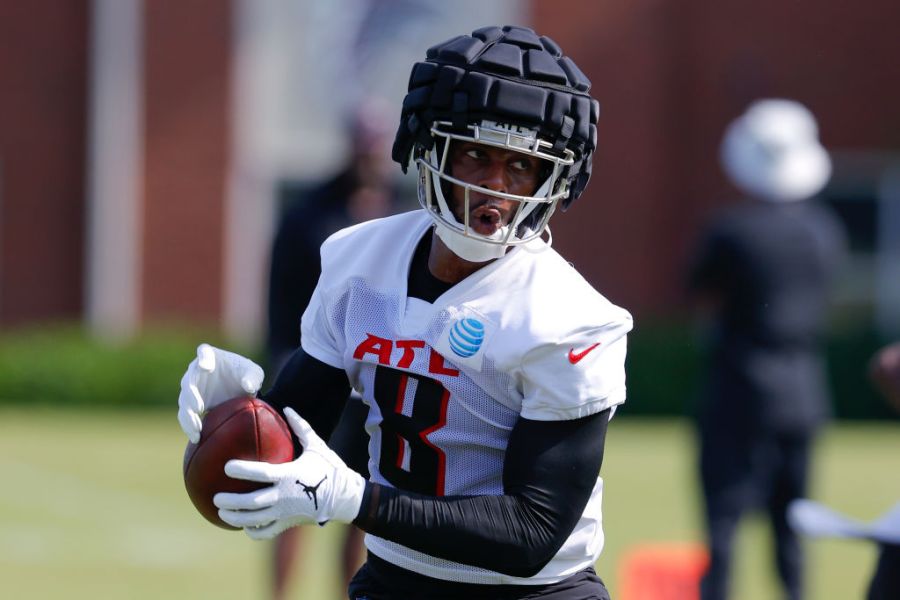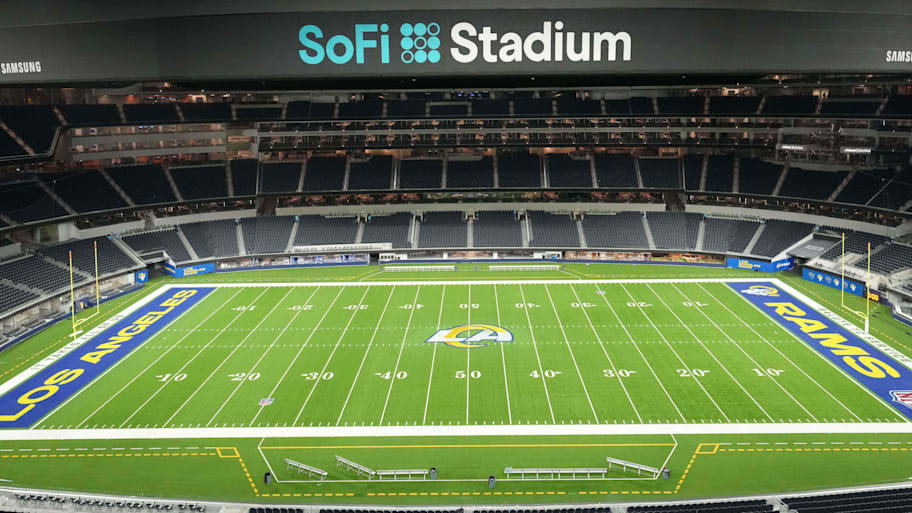The NFL has cleared the way for players to wear padded caps designed to reduce concussion risks during regular season games.
Previously, the “Guardian Caps” were worn exclusively during practices and offseason training.
The caps slide over a player’s existing helmet, providing an extra layer of cushion in hopes of reducing the impact of collisions on a player’s head.
The announcement received some confused comments and ribbing from NFL fans, with some pondering if it’s a late Aprils Fool’s joke. Others compared it to the “Big Head Mode” cheat from the beloved discontinued football video game NFL Blitz.
But the NFL insists that the data showing their effectiveness is no joke.
On April 9, Dr. Allen Sills, the NFL’s chief medical officer, led a panel discussion about what the league is doing to combat concussions and protect its players. He says the league has seen a meaningful and measurable improvement thanks to the Guardian Caps.
“We’ve got two years of data now showing significant concussion reductions in those players that use those Guardian Caps in practice in the NFL,” Sills said. “About a 50% reduction.”

Los Angeles Rams equipment manager Brendan Burger said there was some initial hesitancy to wear the extra padding over a player’s helmet, but said it’s become the norm since it was mandated on most players for use in practice.
“Think about all the head impacts that we’re reducing from these players wearing them, it’s second nature to them now, we’re talking thousands of impacts. It’s incredible,” Burger said.
For the next season, the mandate for wearing the Guardian Caps during practice has expanded to all players except for kickers and quarterbacks who are not allowed to be hit during practice and have the option to wear them or not.
The NFL stressed that the use of the caps during live gameplay is entirely optional, but said many teams have been receptive to the idea.
Concussion reduction has been a point of emphasis for the NFL for the past decade, following a string of high-profile deaths of some of its biggest stars.
The league has experimented with different helmet styles, modifications to facemasks and even tweaked gameplay rules in an effort to cut down on the devastating and life-altering injuries.
Earlier this month, the NFL announced 12 new helmets would receive eligibility for the upcoming season, including five which tested “better than any helmet ever worn in the league.” Additionally, six previously endorsed helmets will be removed from rotation and prohibited from use for the 2024-25 season.
“The NFL, in collaboration with the NFLPA, annually conducts laboratory testing performed by jointly appointed biomechanical experts to evaluate which helmets best reduce head impact severity,” the league said in a news release issued in early April.
New restrictions will also be put in place this upcoming season to limit the types of helmets players at certain positions can wear. The NFL previously instituted specific helmets for linemen and quarterbacks in previous seasons.

Despite the introduction of Guardian Caps into the everyday equipment for players, and the new option for players to wear them beyond practice, the science about their efficacy remains in question by scientific bodies independent from the league.
“It’s been in Ohio as early as the mid-1850s at least, brought in as an ornamental plant because of its unique foliage and white flowers,” Gardner said. “It was actually planted in people’s landscaping, and it has been spreading.”
Two different studies from 2017 and 2022 found little to no meaningful reduction in the magnitude of head collisions when wearing Guardian Caps. It’s important to note that the caps are being worn at the NFL level alongside updated helmets, which the league says also contribute to reducing the force of those impacts.
Still, the NFL stands by its findings and said it will continue to research and provide players with the best and safest option available at the time.
“I don’t care if they’re taking the field for a day or a decade, we want them to take the field with the safest equipment we can put them in,” Burger said.














































